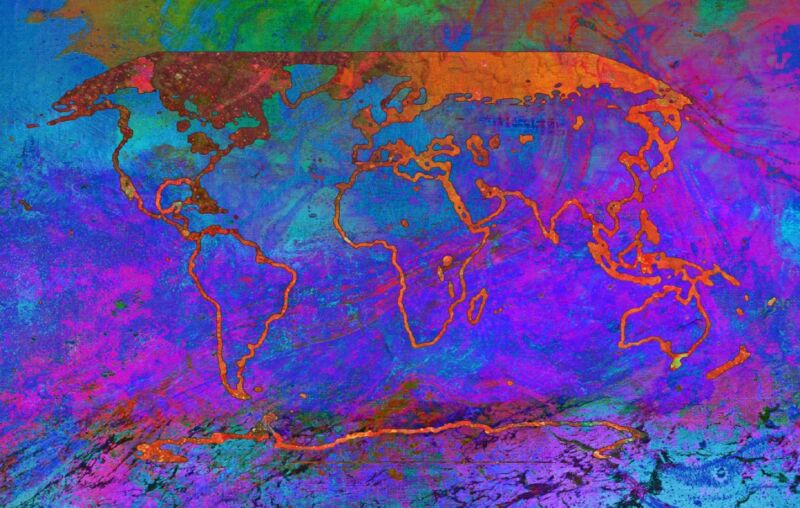
The United Nations has warned of a “code red for humanity” as the earth is getting so hot that temperatures in about a decade will probably go past a level of warming that the world has sought to prevent. The startling revelations were made in a Intergovernmental Panel on Climate Change (IPCC) report by a team of scientists which was released on Monday. However, the scientists have allayed fears of absolute worst climate catastrophes.
The IPCC report calls climate change clearly human-caused and “an established fact”. It also makes more precise and warmer forecasts for the 21st century than it did last time it was issued in 2013. The 3,000-plus-page report from 234 scientists said warming is already accelerating sea level rise and worsening extremes such as heat waves, droughts, floods and storms. Tropical cyclones are getting stronger and wetter, while Arctic sea ice is dwindling in the summer and permafrost is thawing. All of these trends will get worse, the report said.
The report predicts five scenarios for the future temperatures on earth. Each of five scenarios, based on how much carbon emissions are cut, passes the more stringent of two thresholds set in the 2015 Paris climate agreement. Under each scenario, the report said, the world will cross the 1.5-degree-Celsius warming mark in the 2030s, earlier than some past predictions.
In three scenarios, the world will also likely exceed 2 degrees Celsius (3.6 degrees Fahrenheit) over pre-industrial times — the less stringent Paris goal — with far worse heat waves, droughts and flood-inducing downpours unless there are deep emissions cuts, the report said. For example, the kind of heat wave that used to happen only once every 50 years now happens once a decade, and if the world warms another degree Celsius (1.8 degrees Fahrenheit), it will happen twice every seven years, the report said. The world is “locked in” to 15 to 30 centimeters (6 to 12 inches) of sea level rise by mid-century, said report.
Nearly all of the warming that has happened on Earth can be blamed on emissions of heat-trapping gases such as carbon dioxide and methane. At most, natural forces or simple randomness can explain one- or two-tenths of a degree of warming, the report said.
The report further describes five different future scenarios based on how much the world reduces carbon emissions. They are: a future with incredibly large and quick pollution cuts; another with intense pollution cuts but not quite as massive; a scenario with moderate emission cuts; a fourth scenario where current plans to make small pollution reductions continue; and a fifth possible future involving continued increases in carbon pollution.
In the report’s worst-case scenario, the world could be around 3.3 degrees Celsius (5.9 degrees Fahrenheit) hotter than now by the end of the century.
The report also said ultra-catastrophic disasters — commonly called “tipping points,” like ice sheet collapses and the abrupt slowdown of ocean currents — are “low likelihood” but cannot be ruled out.
The IPCC report says that the commitments made by more than 100 countries to achieve “net zero” human-caused carbon dioxide emissions sometime around mid-century are very essential.
While calling the report “a code red for humanity,” U.N. Secretary-General Antonio Guterres kept a sliver of hope that world leaders could still somehow prevent 1.5 degrees of warming, which he said is “perilously close.”
